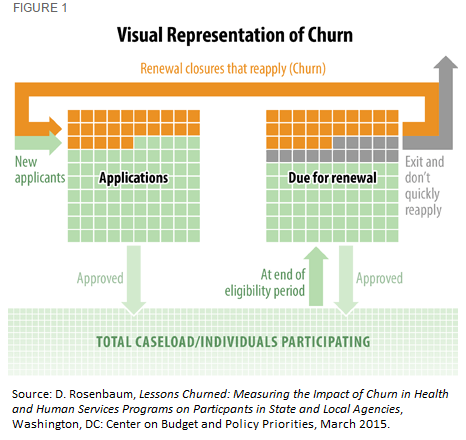Medicaid Spending To Grow 6.2 Percent Annually For 10 Years
The Chief Actuary of the Centers for Medicare & Medicaid Services has published the sixth annual report on the welfare program’s financial outlook. Highlights include:
- Over the next 10 years, expenditures are projected to increase at an average annual rate of 6.2 percent and to reach $835.0 billion by 2023.
- Average enrollment is projected to increase at an average annual rate of 3.0 percent over the next 10 years and to reach 78.8 million in 2023.
- Medicaid expenditures are estimated to have increased 9.4 percent to $498.9 billion in 2014, which includes the expenditures for newly eligible enrollees.
- Average Medicaid enrollment is estimated to have increased 9.6 percent to 64.6 million people in 2014. Newly eligible adults are estimated to have accounted for 4.3 million of the 5.7-million enrollee increase from 2013 to 2014.
“Newly eligible” refers to those eligible as a result of Obamacare’s Medicaid expansion. What these figures show is that relatively healthy people signed up due to the expansion: The rate of spending increased slower than the increase in enrollment.
However in future, spending will increase exponentially while enrollment will increase on a flat trend line (as shown in Figures 2 and 3).



